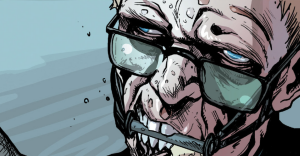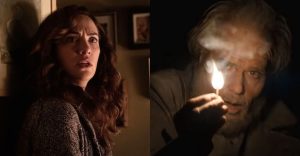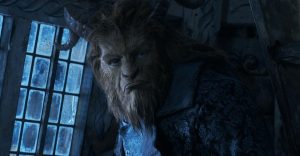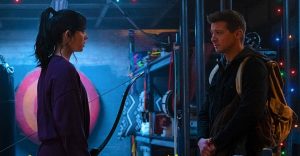Judas & Black Messiah: Every Real Group Besides Black Panthers Explained
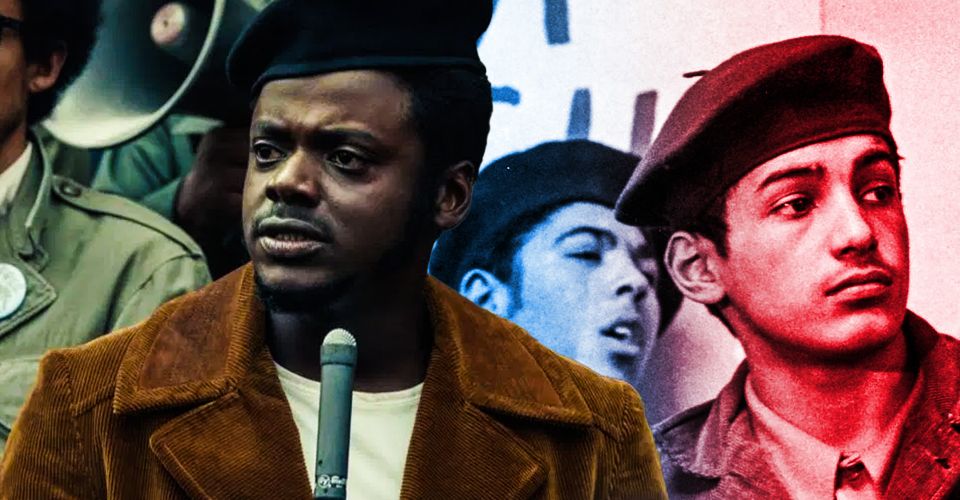
Though Judas & The Black Messiah, available now on HBO Max, focuses mainly on the Black Panther Party, Shaka King’s directorial debut features several other real-life activist groups from this true story of the Civil Rights Era. The sociopolitical scene in Chicago during the late 1960s included various groups who represented the needs and rights of people from different walks of life. From all creeds and colors, these organizations united under Hampton’s “Rainbow Coalition” banner in an effort to make real, lasting change in their communities.
Judas & The Black Messiah tells the story of Black Panther leader Fred Hampton and his work in Chicago during the late 1960s, while thief-turned-FBI-informant William O’Neal infiltrates Hampton’s inner circle. As the Bureau tries to stymie the Panthers at each turn by way of their rat, O’Neal himself grows increasingly uncomfortable with being blackmailed to provide intel on a group of which he feels more and more like an honest member of. In the end, the FBI assassinates Hampton based on O’Neal’s intelligence, and O’Neal must reckon with the impact of his life decisions.
An integral part of Fred Hampton’s work in Chicago was his Rainbow Coalition. By joining forces, these disparate social change groups could accomplish, Hampton hoped, more than the sum of their parts. Indeed, after the Panthers’ office was torched in the film’s second act, it was the groups in his Rainbow Coalition that came to their aid, helping to rebuild their headquarters after its destruction at the hands of their common enemy. But just who were these groups, and how do their depictions in Judas & The Black Messiah relate to the real-life counterparts?
The Crowns

Fred Hampton’s coalition reached far and wide to create its base. They brought several socialist-oriented groups into the fold. These included the Brown Berets, a pro-Chicano organization, the American Indian Movement, an organization aimed at fighting poverty and police brutality against native peoples, and the Red Guard Party, a Chinese-American youth organization. Each of these were founded in the late ’60s, and they joined each other at demonstrations, strikes, and other events in which they shared a common interest. On a national level, the Students for a Democratic Society (SDS) integrated themselves into the Rainbow Coalition as well.
But how do the Crowns factor into these many disparate groups? The Crowns in Judas & The Black Messiah represent a “composite character” of sorts, drawing on the functionality of all these aforementioned organizations without spending too much screen time explaining each’s leadership, unique identities, and origins. In the film, they are depicted like a highly-organized street gang, which relates directly to the Coalition’s work with local Chicago gangs to do good in the communities of which they claim ownership.
Young Patriots

The Young Patriots were, themselves, very much a real organization. Founded in 1968, the Young Patriots Organization (YPO) consisted mostly of poor, white, Appalachian immigrants who experienced discrimination. Despite their Confederate iconography, the group was aligned with the political left, and they fought with the Coalition towards antiracist and anticapitalist goals. The YPO had a charismatic leader of their own in William “Preacherman” Fesperman, described by the Panthers’ Bobby Lee as “one of the best human beings I have ever met.” He supported the YPO’s adoption of the Panthers’ ideas like the free-breakfast program and healthcare in the community.
In the film, the Patriots are brought into the Coalition when Hampton crashes one of their meetings, but in actuality, their union was more coincidental. The YPO and Lee were double-booked to speak at a church, and there ended up discussing and finding the common ground between their platforms. Their brotherhood underscores the struggle not between the races, but between the classes. The group suffered in the wake of Hampton’s assassination and fell out of active service in 1973.
Young Lords

The Young Lords form the last major component group of the Rainbow Coalition as depicted in Judas & The Black Messiah. Their platform focused on, like the YPO, antiracist and anticapitalist goals, but in this case, through a distinctly Latino lens. Originating as a Puerto Rican turf-gang in the early 60s, the group pivoted into social activism under the leadership of Jose “Cha Cha” Jimenez, who reorganized the group in 1968 to become a civil and human rights movement. Inspired by Puerto Rican student movements, Latino movements in the Southwest, and the Panthers themselves, the group eventually grew to a nationwide scale fighting for the goals of the Coalition while also championing their own causes, chiefly Puerto Rican independence and self-determination.
While many activist groups in Chicago fell into terminal disrepair following the assassination of Fred Hampton, the Young Lords managed to weather years of hardship at the hands of the government’s COINTELPRO program to make waves even into the 80s. Jimenez earned 39% of the vote in a 1975 election for alderman of Chicago’s 46th Ward, following a prison sentence, and later in 1983, the Lords backed a successful campaign for Chicago’s first African-American mayor, Harold Washington.
The Rainbow Coalition

Together, the Young Patriots, Young Lords, and countless other groups amalgamated into the Crowns formed Fred Hampton’s Rainbow Coalition. They worked on behalf of oppressed peoples in Chicago, but soon represented the interests of those same groups across the country. Though Hampton’s death proved to be a major blow for the strength of the Coalition, as well as COINTELPRO interference elsewhere in the country, the notion of a “Rainbow Coalition” far outlived its Chicago beginnings. Reverend Jesse Jackson, civil rights activist and politician, co-opted the term during campaigns for the Democratic nomination for President. Indeed, several scholars suggest that the “Rainbow Coalition” concept was integral to the successful campaign of the United States’ first Black President, Barack Obama. And it all started, as shown in Judas & The Black Messiah, with Fred Hampton.
About The Author











